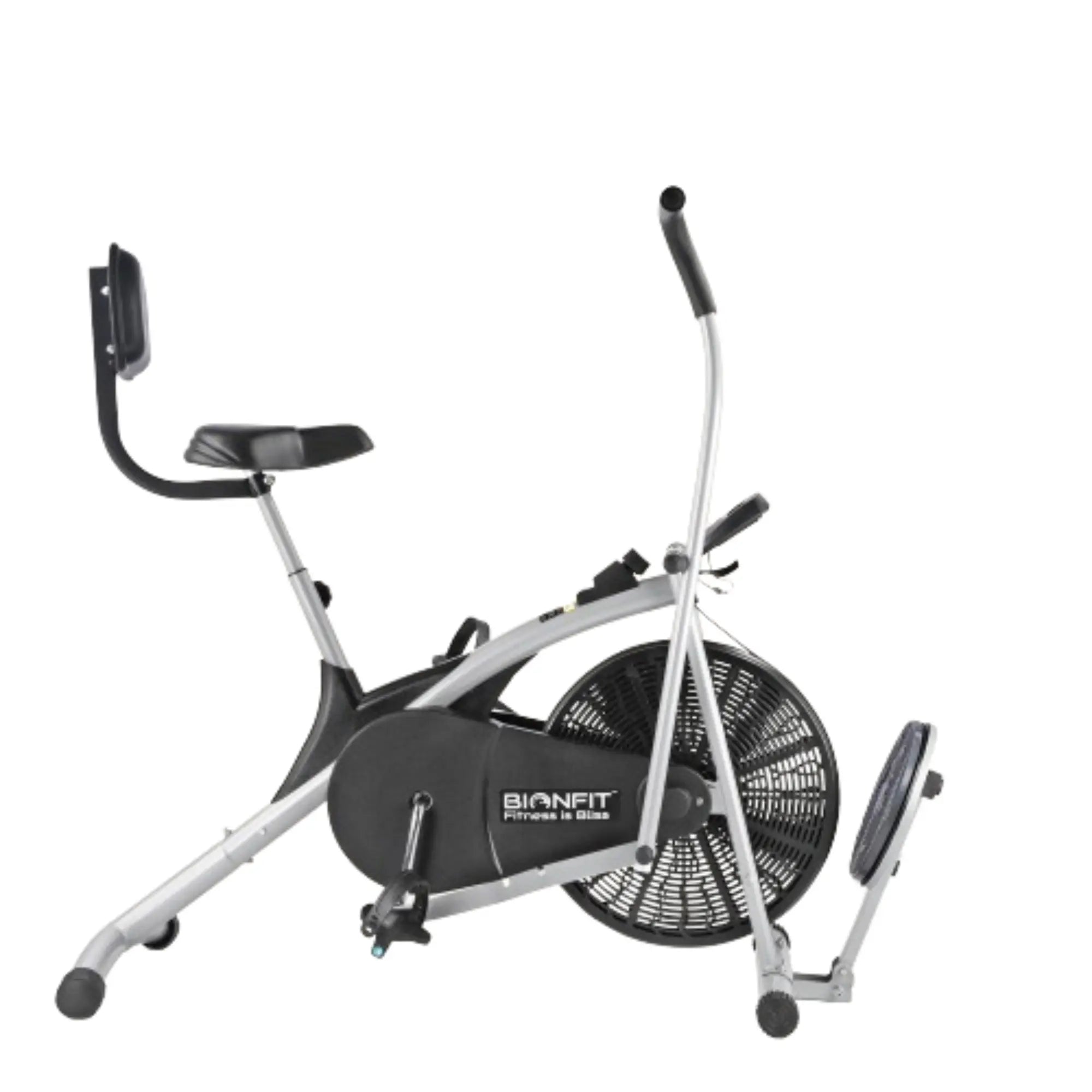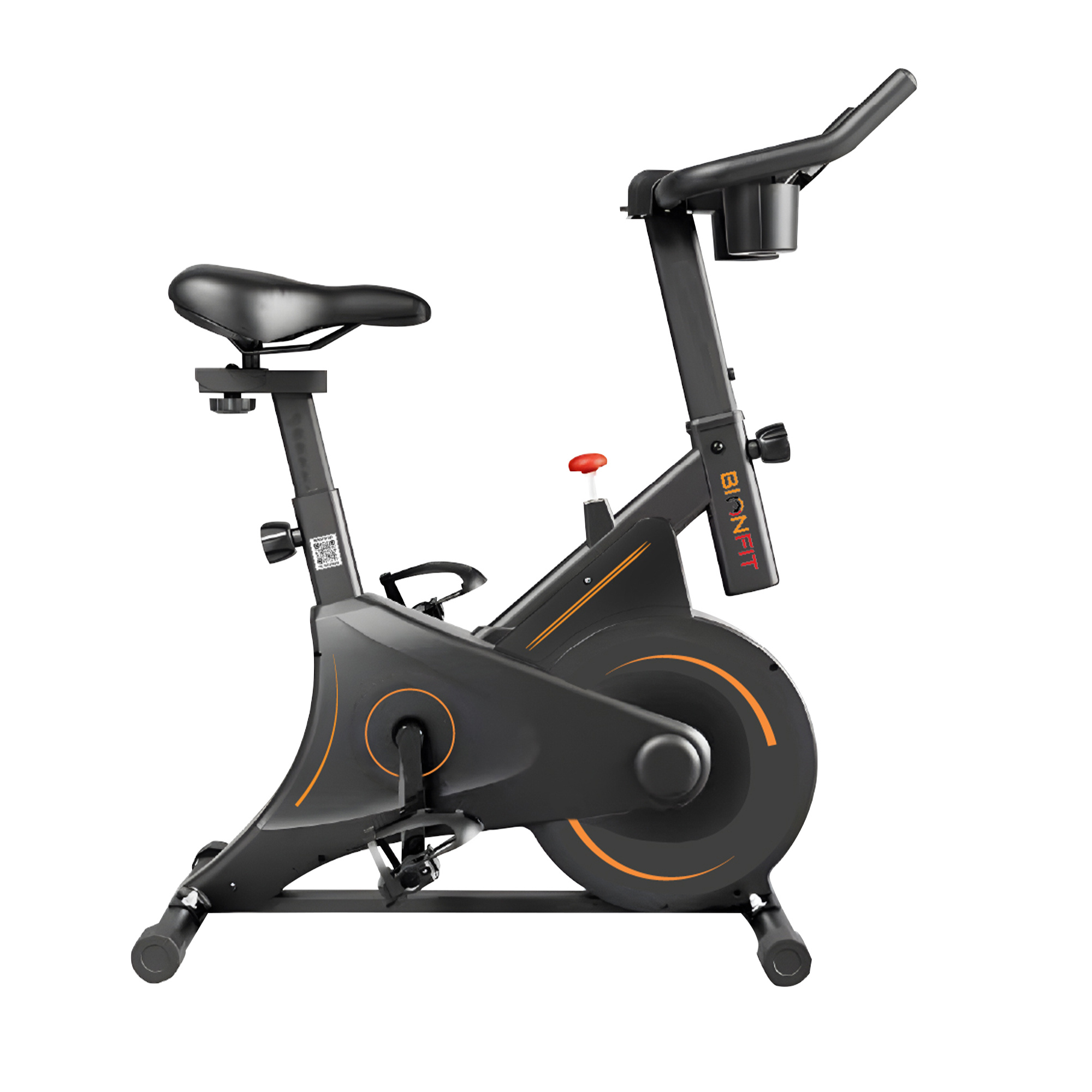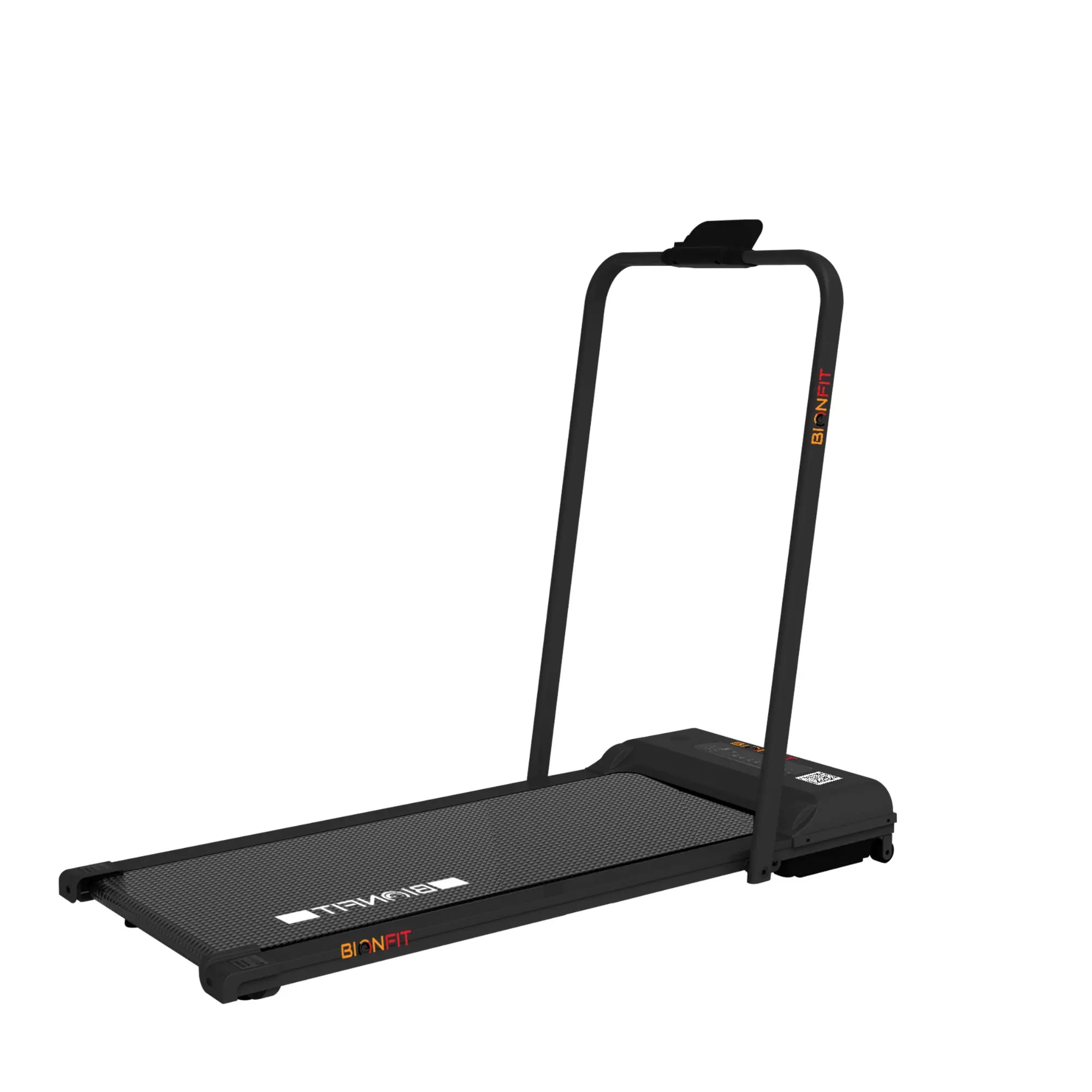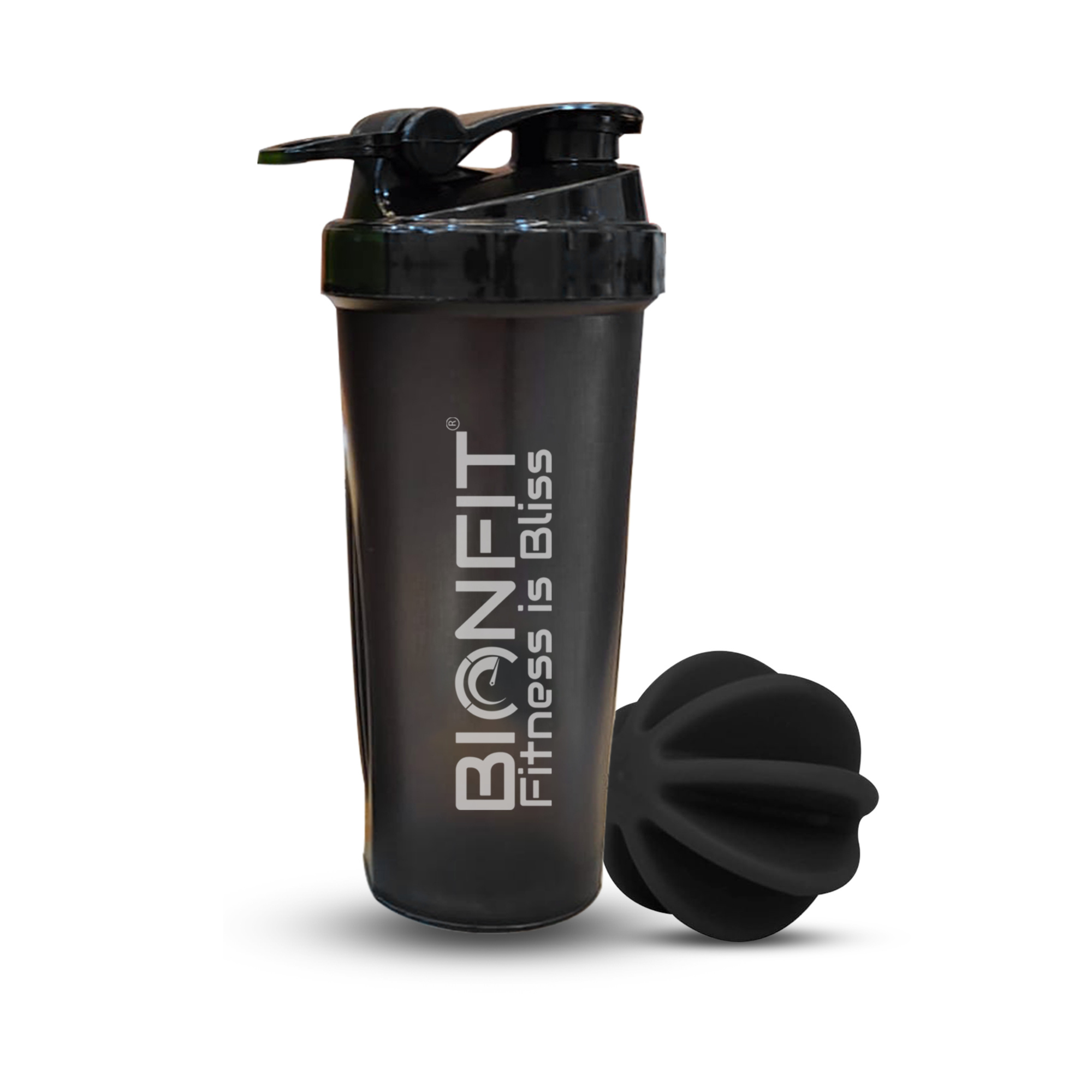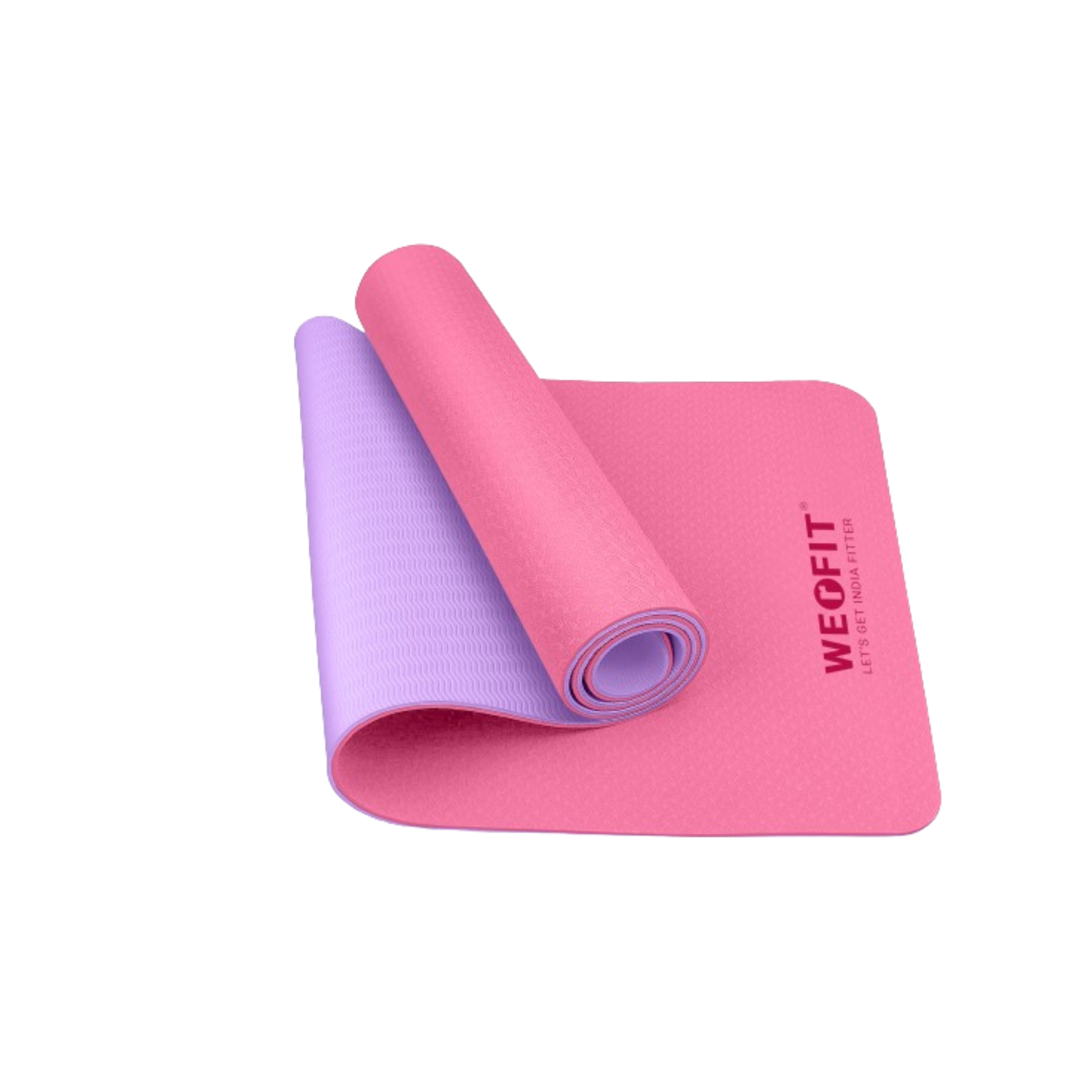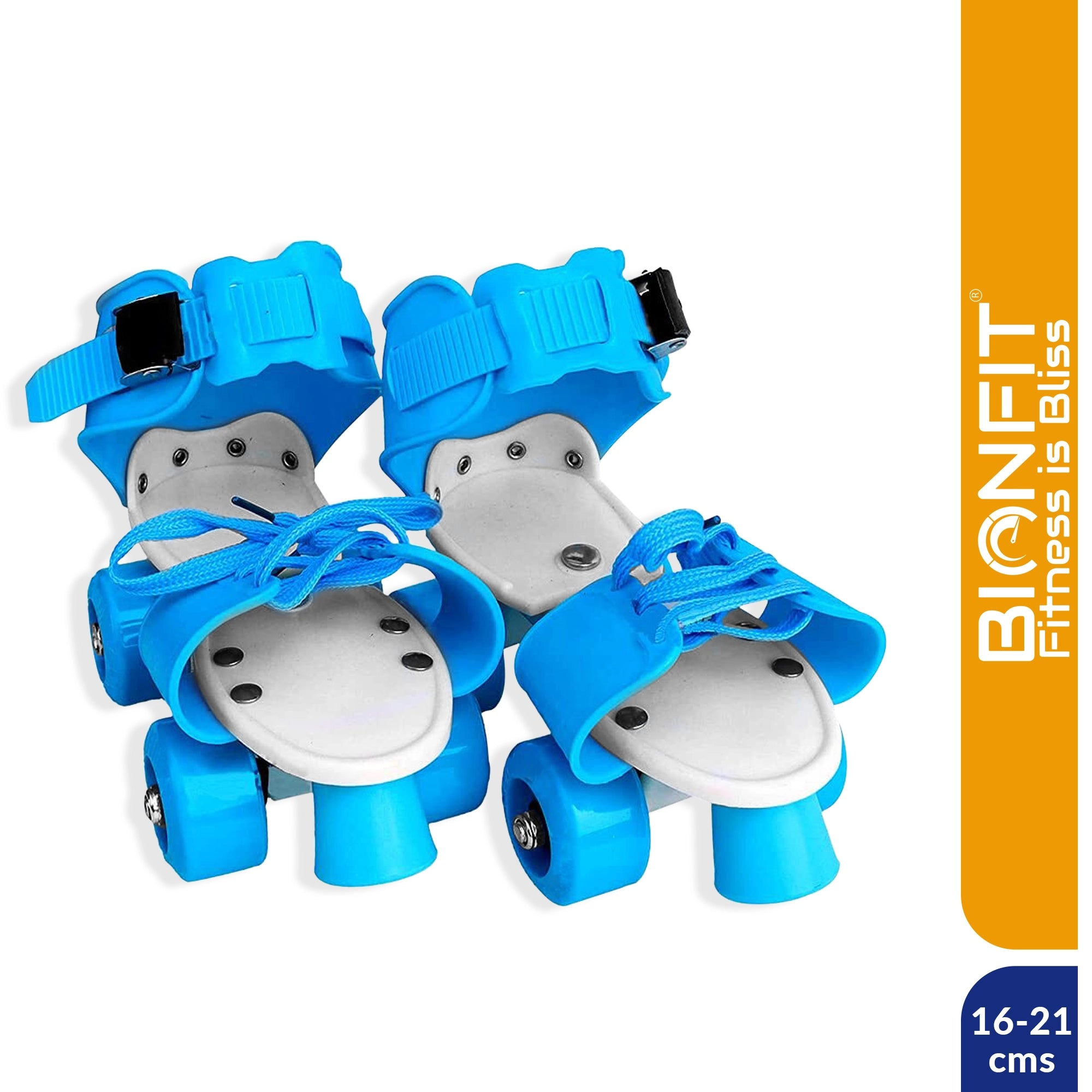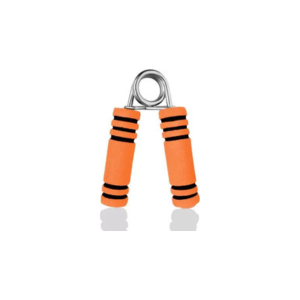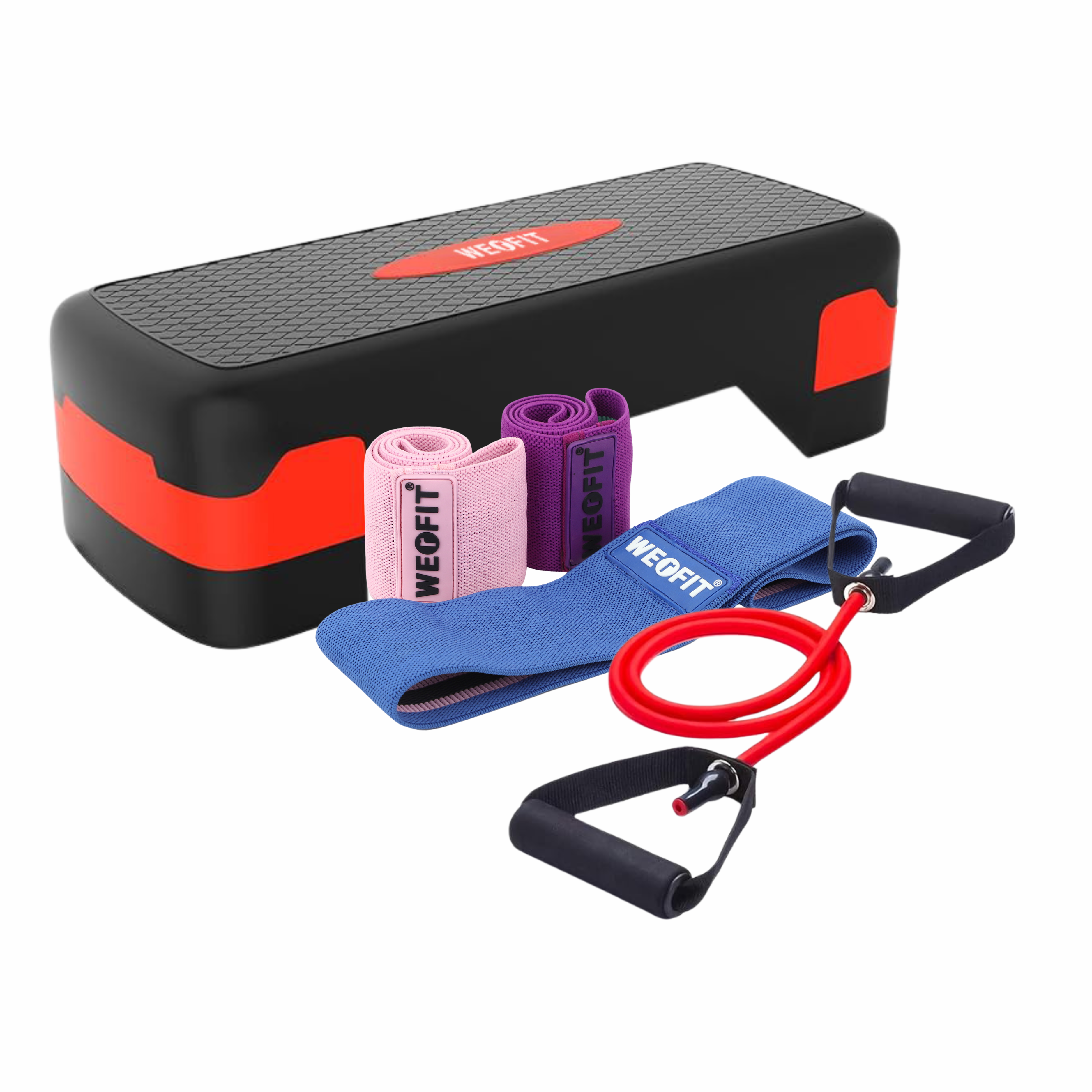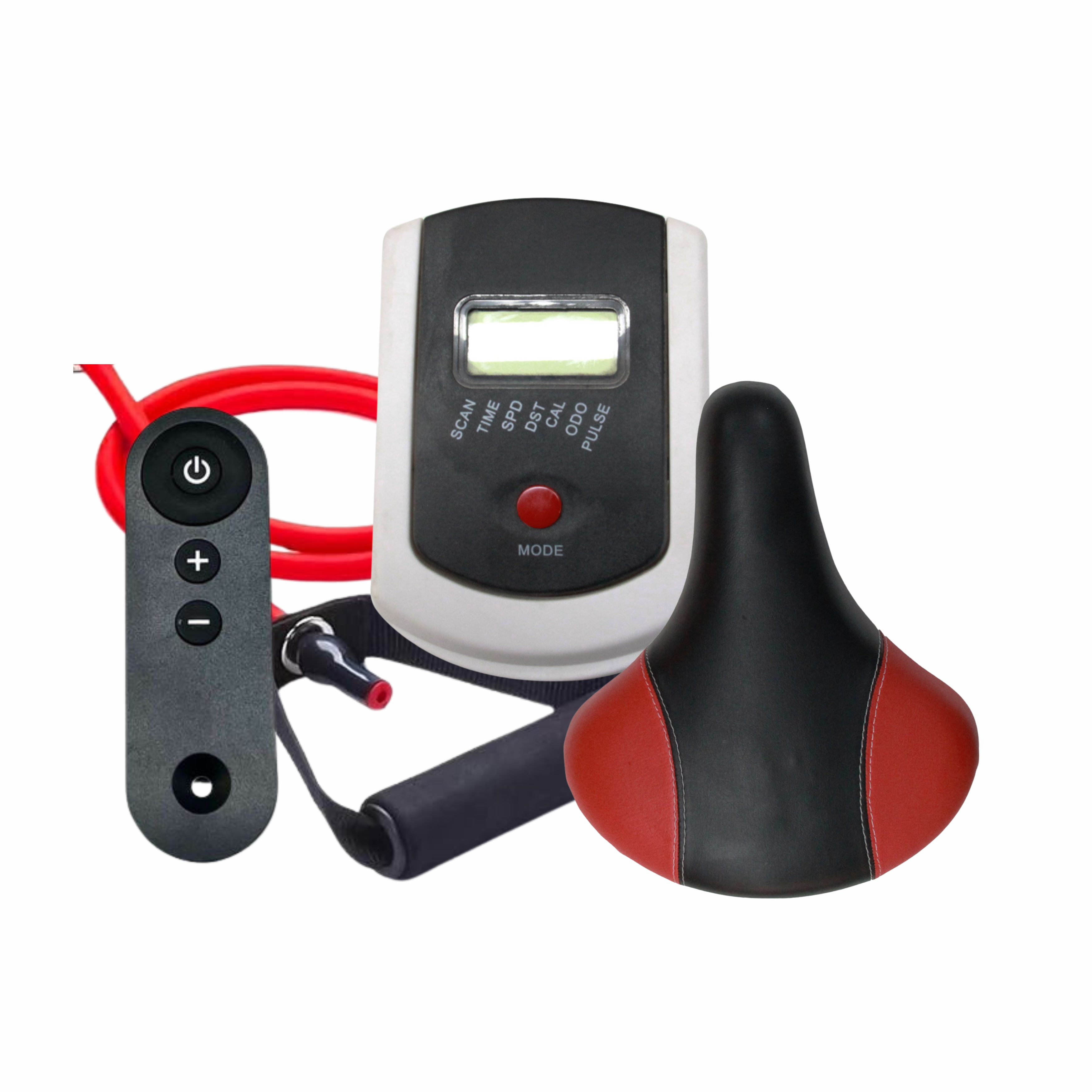
5 Common Mistakes to Avoid When Using an Air Bike
Great! Here's a 600-word, SEO-optimized blog post based on your topic "5 Common Mistakes to Avoid When Using an Air Bike." I’ve referred to the provided product URL and included relevant FAQs at the end.
5 Common Mistakes to Avoid When Using an Air Bike
An air bike is a powerful piece of equipment that offers a full-body workout by combining upper-body pushing and pulling with lower-body pedaling. Popular among fitness enthusiasts, it helps improve cardiovascular endurance and burn calories efficiently. However, many users make common mistakes that reduce the effectiveness of their workout or increase the risk of injury. Whether you're a beginner or a seasoned athlete, avoiding these mistakes can help you get the most out of your air bike sessions.
1. Poor Posture While Riding
Maintaining proper form is essential when using an air bike. One of the most frequent mistakes is leaning too far forward or backward. When your posture is off, it puts unnecessary strain on your lower back and neck, which could lead to injury over time.
How to avoid this:
- Keep your spine straight and your core engaged throughout the workout.
- Align your shoulders over your hips, and don't hunch forward.
- Adjust the seat height so your knees stay slightly bent at the bottom of the pedal stroke.
2. Overusing the Arms
Although air bikes are designed to provide an upper-body workout, many users rely too much on their arms while neglecting their legs. This reduces the efficiency of the exercise and can lead to arm fatigue too quickly.
How to avoid this:
- Focus on using your legs to generate the majority of the power.
- Your arms should assist but not dominate the movement.
- Maintain a steady push-pull motion with your arms while driving most of the force through your legs.
3. Incorrect Seat Position
An improperly adjusted seat is another common issue. If the seat is too low or too high, it can cause discomfort and reduce the power output during pedaling.
How to avoid this:
- Adjust the seat so that when your foot is at the bottom of the pedal stroke, your leg is almost fully extended but with a slight bend in the knee.
- Ensure your hips are level and stable, without rocking from side to side.
4. Ignoring Resistance Settings
Air bikes automatically increase resistance based on how hard you pedal, but some users may not push themselves enough or misunderstand how to manage the resistance. This leads to either under-training or over-exerting too soon, which can compromise the workout quality.
How to avoid this:
- Start at a moderate pace and increase intensity as you warm up.
- Use interval training techniques to alternate between high and low resistance periods, maximizing fat burn and endurance without exhausting yourself too early.
5. Failing to Incorporate Variability in Workouts
Repeating the same workout over and over can lead to plateaus, where your body becomes accustomed to the exercise, and results diminish. Air bike users often stick to steady-state cardio without incorporating intervals or different routines.
How to avoid this:
- Mix up your workouts with interval training, such as sprinting for 30 seconds and then resting for 1 minute.
- Try incorporating upper-body-only or lower-body-only intervals to challenge different muscle groups.
- Adjust the time and intensity regularly to avoid a fitness plateau.
FAQs About Using an Air Bike
1. What is the correct seat height for an air bike?
The correct seat height ensures that your knees remain slightly bent when your foot is at the lowest part of the pedal stroke. Adjust the seat so your legs don’t lock out or bend too much.
2. How can I avoid fatigue on an air bike?
To avoid premature fatigue, focus on using your legs more than your arms. Start your workout at a moderate pace and gradually build intensity. Incorporating interval training can also help prevent early exhaustion.
3. Can beginners use an air bike?
Yes, air bikes are excellent for all fitness levels. Beginners should start with shorter, less intense workouts and gradually increase the duration and intensity as their fitness improves.
4. How often should I use an air bike for optimal results?
For most people, using an air bike 3-4 times per week for 20-30 minutes per session can yield excellent results, especially when combined with other forms of exercise and a healthy diet.
5. Is an air bike good for weight loss?
Yes, air bikes are great for burning calories and fat. By incorporating high-intensity intervals into your air bike sessions, you can boost your metabolism and support weight loss goals.
Final Thoughts
Using an air bike can offer a highly effective full-body workout if done correctly. By avoiding these common mistakes—such as poor posture, over-reliance on the arms, and failing to mix up your routines—you can improve your performance and reduce the risk of injury. Always ensure your air bike is properly adjusted to suit your body, and don't shy away from pushing yourself with interval training for maximum results.
For high-quality air bikes that enhance your fitness journey, check out the options available at Bionmart. Their air bikes are designed for comfort and performance, ensuring you get the most from each workout.
Follow us for more updates.

